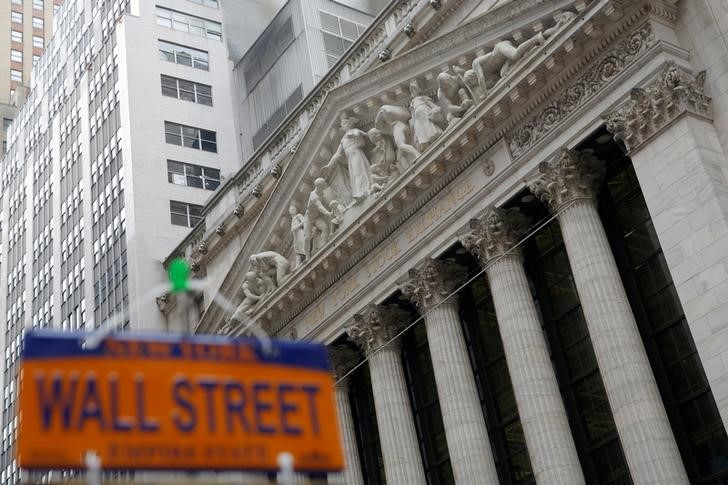(Bloomberg) -- An insurrection in the home of American democracy just became the latest shock that’s failed to derail the global bull market.
The armed attack on the seat of government -- unprecedented in modern history -- is leaving nary a dent in most assets, underscoring both conviction in reflation trades after the Georgia runoff and the privileged position of the U.S. in global finance.
As hundreds stormed the Capitol building Wednesday amid smoke bombs, forcing legislators to cower for safety, the S&P 500 moderated from the highs. Even still, the Dow Jones Industrial Average closed at a record and Russell 2000 Index surged almost 4% for the day.
Joe Biden was formally recognized by Congress as the next U.S. president early Thursday, while President Donald Trump pledged “an orderly transition.”
In Thursday trading, U.S. equity futures advanced, Asia-Pacific shares headed for an all-time high, while emerging-market currencies hovered near their strongest level on record.
“It’s disappointing to witness such behavior on Capitol Hill -- in fact, it’s an embarrassment,” said Gregory Perdon, the co-chief investment officer at Arbuthnot Latham in London. “But equities are just doing what they do best: Looking past a few more weeks of noise.”
Insurrection Day Was Easier for Markets Than Us: John Authers
For money managers, the Georgia election carried greater significance than the mobs in the Capitol Building, where order was ultimately restored. With the prospect of Democrat control of the Senate, more expansive economic policies are coming, according to Julian Rimmer, a trader at Investec Bank Plc in London. That could sustain a weaker U.S. dollar, supporting riskier assets around the world, he said.
The iShares Russell 2000 ETF, which is heavily traded by retail investors, took in $1.4 billion on Wednesday, the most in nearly two months. The SPDR S&P 500 ETF Trust (ASX:SPY), or SPY, added $2.4 billion. Investors also plowed money into financial shares, adding $1.6 billion to the Financial Select Sector SPDR ETF (NYSE:XLF), the most since 2016.
“Markets look ahead, beyond what we see now, which is chaos and pandemic,” said Trinh Nguyen, a senior economist at Natixis SA in Hong Kong. “In the short-term, the Fed will keep rates low and QE to help the recovery and we’ll likely get more stimulus and certainty, not to mention vaccine distribution.”
©2021 Bloomberg L.P.
